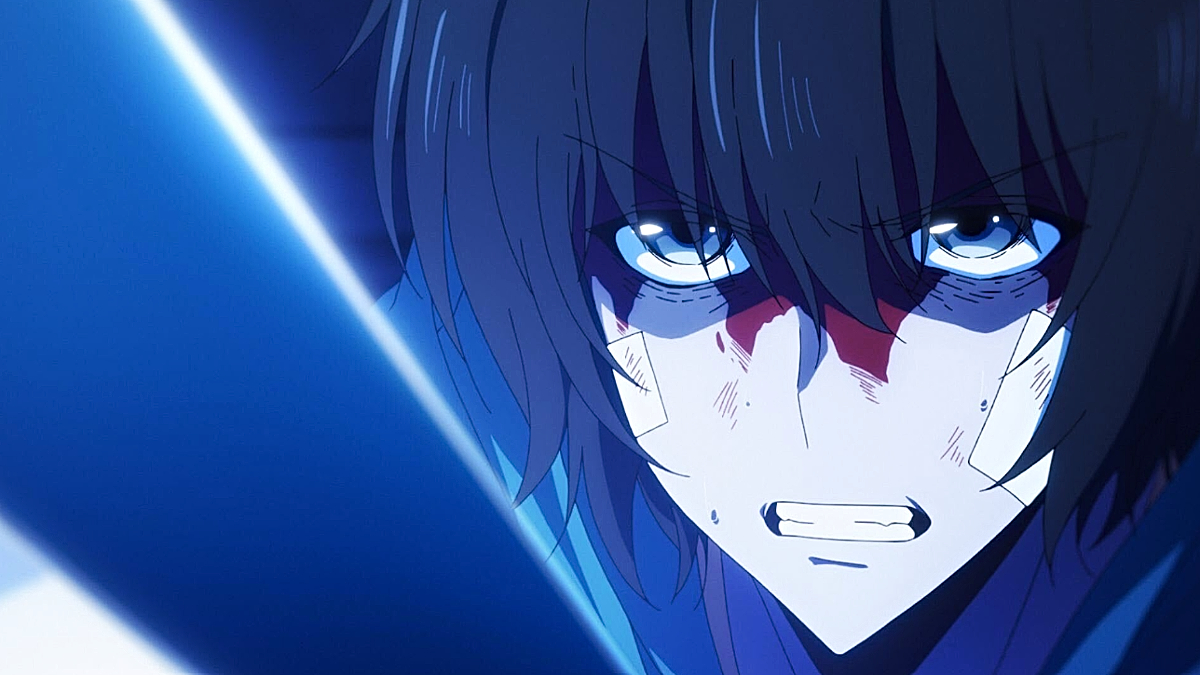
Advertisement
Mental illness has become an increasingly visible theme in anime over the past two decades. Series like Neon Genesis Evangelion, Welcome to the NHK, and March Comes in Like a Lion delve deeply into the psyche of their characters, offering audiences a window into struggles with depression, anxiety, trauma, and identity. For many viewers, these shows offer solace, validation, and a sense that they are not alone.
But not all portrayals are thoughtful. Some series use mental illness as a convenient plot device, aesthetic flair, or dramatic catalyst, without diving into its real-world weight or complexity. This raises a difficult question: Is anime helping de-stigmatize mental health, or is it sometimes exploiting it for emotional shock value?
When Anime Gets It Right: Powerful, Empathetic Storytelling
1. Neon Genesis Evangelion – Raw and Unfiltered
One of the earliest and most iconic explorations of mental instability in anime, Evangelion is often celebrated (and critiqued) for its unflinching portrayal of depression, PTSD, and existential despair. Shinji Ikari’s internal struggle isn’t glamorized—it’s isolating, repetitive, and deeply human. The surreal final episodes reflect a fractured mind rather than a conventional narrative. It’s messy, but for many, that’s the point.
2. March Comes in Like a Lion – The Weight of Loneliness
Rei Kiriyama’s battle with depression and survivor’s guilt is depicted with subtlety and depth. His healing process isn’t linear, and his moments of happiness are hard-won. The show uses visual metaphors—like drowning in water or isolation in black space—to express emotions that are hard to verbalize. This series exemplifies mental health as a journey, not a gimmick.
3. A Silent Voice – Bullying, Trauma, and Redemption
This film is a quiet masterpiece in emotional intelligence. Shoya’s anxiety, suicidal ideation, and self-hatred are treated with grace. The story doesn’t excuse bad behavior—it shows how unresolved pain and guilt manifest. It’s a powerful argument for empathy and communication.
The Problematic Side: Stylized Suffering and Shallow Stereotypes
1. Tokyo Ghoul – Trauma as Aesthetic
Tokyo Ghoul begins with promise, exploring Kaneki’s transformation and psychological torment. But as the series progresses, it leans into violence and trauma as stylization. His suffering becomes more about looking “cool” than emotional resonance. The complexity of his pain is often drowned by action and spectacle.
2. Elfen Lied – Tragedy Fetishized
While Lucy’s backstory is harrowing, Elfen Lied leans heavily into shock value—graphic abuse, violence, and trauma are frequent, but not always meaningfully explored. The show walks a fine line between representing trauma and exploiting it for horror and sympathy.
3. Wonder Egg Priority – Too Ambitious, Too Fast
This recent series tackled trauma, suicide, and abuse head-on. But its rushed production and confusing final episodes left many viewers feeling that serious themes were introduced without resolution or respect. It started as a revolutionary portrayal of mental health, but collapsed under its own weight.
The Impact on Viewers: Resonance or Harm?
For viewers living with mental illness, anime can be deeply validating—or quietly harmful.
Positive Impact:
-
Representation can create a safe emotional outlet.
-
Characters who survive, grow, or learn to cope give hope.
-
It can normalize discussions around anxiety, therapy, and depression.
Negative Impact:
-
Romanticizing self-harm or trauma can distort real experiences.
-
Lack of resolution or accountability can send mixed messages.
-
Viewers may misinterpret mental illness as a personality quirk rather than a serious issue.
The key lies in intent and execution. Is the narrative prioritizing emotional truth—or just spectacle?
How Anime Can Improve Its Mental Health Narratives
-
More Nuanced Characters
Not every mentally ill character has to be a genius or a danger to others. We need quiet, everyday portrayals that reflect real-life struggles—not just extremes. -
Avoiding the “Madness Equals Power” Trope
Linking mental instability with supernatural strength (common in shounen or action genres) can reinforce stigma. Mental illness shouldn’t be equated with being broken or unstoppable. -
Therapy as a Tool, Not a Punchline
Very few anime show therapy, support systems, or psychiatric help as viable paths. Instead, protagonists “power through” trauma. Real healing often involves external help, and anime should reflect that. -
Diverse Mental Health Stories
Depression isn’t the only condition worth exploring. Anxiety disorders, OCD, BPD, bipolar disorder, and more deserve authentic representation.
Conclusion: A Medium in Transition
Anime, like all forms of storytelling, reflects the culture and time in which it’s created. The industry has made noticeable progress in how it handles mental illness—but there’s still work to be done.
When anime gets it right, it can change lives. It can comfort, challenge, and connect. But when it gets it wrong, it risks trivializing the very pain it seeks to depict.
So, is anime representing mental illness or exploiting it?
The truth is: it’s doing both.
And as fans, critics, and creators, it’s our job to push the needle toward empathy, honesty, and responsibility—without sacrificing the emotional power that anime does best.
